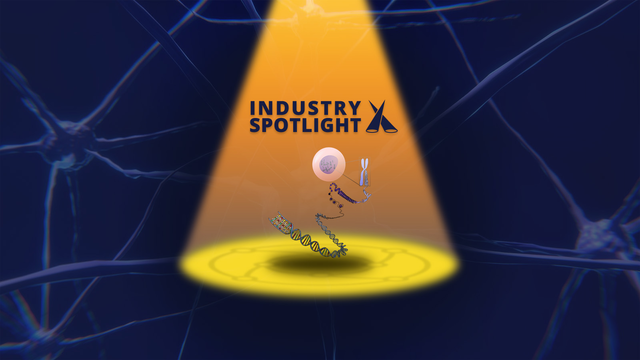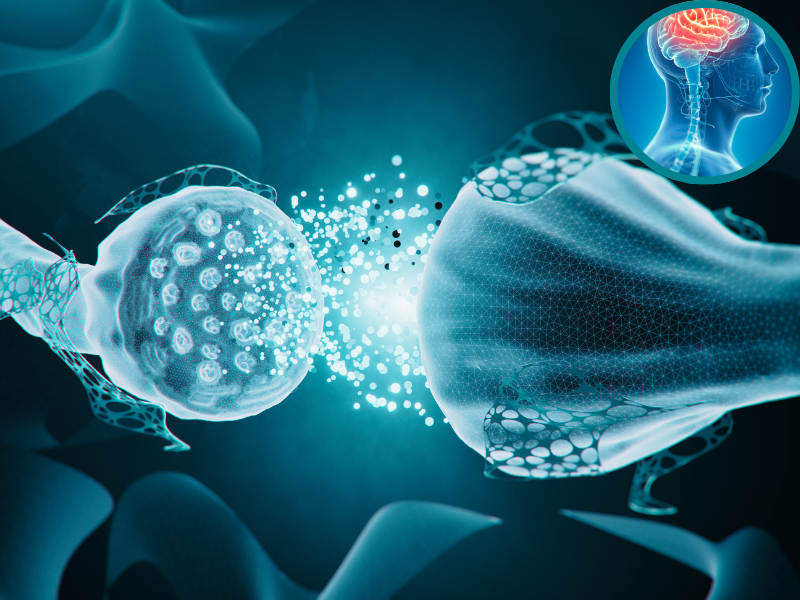Small Molecule Targets Toxic RNA Linked to ALS and Dementia

A research team from UF Scripps Biomedical Research have published a paper demonstrating a small molecule that is a potential therapeutic for genetic causes of ALS and dementia. The drug works by ‘potently and selectively’ degrading mutated RNA which has been linked to the diseases.
The paper, published in Proceedings of the National Academy of Sciences, is from a team lead by Professor Matthew D Disney, Chair of UF Scripps’s Department of Chemistry. It saw in mouse models the returned neurological health in mice with ALS.
A mutation of chromosome 9, on the gene C9orf72 is the most common genetic cause of the diseases ALS and frontotemporal dementia. The mutation causes a repeat expansion of the hexanucleotide sequence GGGCC. Where typically the hexanucleotide occurs in DNA as a repeat dozens of times, patients with C9ORF72 mutation will have this repeat occur hundreds or thousands of times.
The expansion of the six-letter repeated sequence produces toxic proteins and RNA strands which are thought to underly the neurodegeneration seen in cases of ALS and frontotemporal dementia. Disney said that the molecule and subject of the paper degrades the unwanted RNA to interrupt the neurodegenerative toxicity.
- How MSD’s Discovery Centre is Fighting Age-Related Neurodegeneration
- Up-and-Coming Investigations in Drug Discovery and Development: Neuroscience and AI
“The compound works by binding to and using natural cellular processes to eliminate that disease-causing RNA by alerting the cell’s degradation machinery to dispose of it as waste,” Disney explained.
By eliminating the C9ORF72 mutated RNA, the drug stops the production of pernicious proteins that cause the diseases ALS and frontotemporal dementia. The hope is that other neurodegenerative diseases which are caused by toxic RNA could be treated using this method.
Jessica Bush, a graduate student in Disney’s lab and first author of the paper, explained the team’s process of testing their compound. Skin cells were taken from ALS patients at Johns Hopkins University School of Medicine were reverted back into their stem-cell state and then differentiated again into neurons.
“Four different patients’ cells were used for the assessment, all of which showed dose-dependent reduction in known ALS markers while having no off-target effects,” Bush said.
Mice models also showed that genetically modified mice expressing the C9ORF72 mutation responded well to the compound, showing reduced ALS markers and improved health.
“Our findings highlight the complexity of mechanisms available to RNA-binding small molecules to alleviate disease pathologies and establishes a pipeline for the design of brain penetrant small molecules targeting RNA with novel modes of action in vivo,” says the paper.
Get your weekly dose of industry news?here?and keep up to date with the latest?‘Industry Spotlight’ posts.?For other Discovery content, please visit the?Discovery Content Portal.







.png)